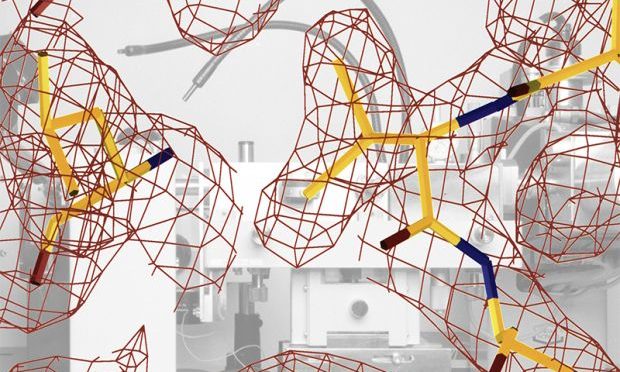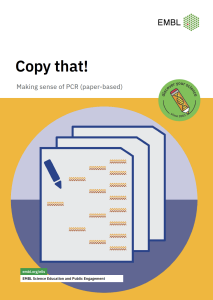
How to produce recombinant insulin?
Introduction
Towards the first recombinant drug
The discovery and isolation of insulin in 1921, by Banting and Best, paved the way for the development of a therapy which has saved the life of many diabetes patients. Insulin was the first protein to be sequenced in 1951, marking an important milestone in molecular biology. In 1976, insulin became the first recombinant drug – obtained using newly developed genetic engineering techniques – to be used for therapy in humans. Five researchers have earned Nobel Prizes for research related to insulin. This activity follows the pharmaceutical history of insulin using IT tools. Students are guided through the world of protein databases, searching for the protein sequence of human insulin and sequences from other species. The sequences are compared to highlight sequence homologies and possible phylogenetic connections between species. Based on these comparisons, it is possible to determine which animal is best suited for the extraction of the hormone to treat human diabetes.
Activity booklet
The activity booklet can be downloaded here:

Topic area: Bioinformatics, Methods in molecular biology
Age group: 16-19
Author: Rossana De Lorenzi and Cristina Gritti
Share:
 Deutsch
Deutsch Italiano
Italiano


